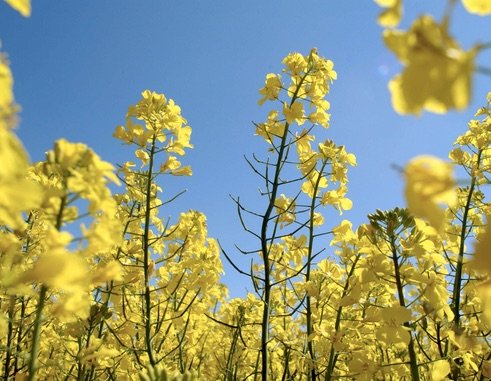What price Canola?
- By: "Farm Tender" News
- Cropping & Grain News
- Aug 19, 2021
- 625 views
- Share

By Samuel Reichstein - AWB
As the weather season starts to come to a close for the Northern Hemisphere production and the news of the Canadian canola seed production issues well digested by the market, what is next for the canola seed market and what does that mean for New South Wales new crop pricing?
In Europe, harvest is slowly coming to an end after a slow start. It appears that yields and therefore total production forecasts are similar to what was forecast by the market leading into harvest, as a result, no major surprises to digest. The focus from a European point of view will now move toward Australian production and order flow, with Europe requiring a large import program to satisfy its crush demand.
As harvest starts to get underway in Canada, focus still remains on crop production to see if yield forecasts are correct, as well as what quality looks like, in particular oil content. As supply becomes more known, the market will move to focusing on demand to determine where the price needs to be, relative to other origins or alternate oilseeds, to trade only the amount of seed that their production allows.
Australia is well placed to take advantage of the tight global canola seed supply, with optionality to sell into traditional Canadian supplied destinations such as the UAE, Pakistan and Japan, in addition to Australia’s traditional intrinsic demand from Europe. Australia is left with the option to sell to the highest bidder and based on current global parities, Australian seed is attractive compared to Canadian origin, so what does that mean for global trade flows? Naturally, every tonne of Australian seed that is sold to a non-traditional export destination, reduces the amount available to sell to Europe, as such, assuming that Europe needs a significant portion of Australian seed, the spread between European prices and Canadian prices will need to narrow to incentivise the flow of Australian seed back to Europe. Further to the above is the wild card of China. As a large demand point, China cannot be brushed over. Chinese demand has been quiet to date, and so if China does come to the market to buy any large quantities of seed, really could catch the market by surprise. On the flip side, if China remains absent, it could go a long way to help solve the tight global supply and demand picture.
In addition to the trade flows of canola seed, other inputs that will have an impact on oilseed markets going forward will be the finish to US soybean crop. The crop is in its critical pod fill stage currently and as a result is sensitive to weather conditions for another few weeks. The soybean market, similar to the canola seed market is very tight for supply, therefore any downside to yield forecasts will be bullish for the market. It must be noted that a record sunflower seed crop is being forecast in Europe and the Black Sea, and so will help to balance out losses in canola and to some extent soybean production. Looking further out, South American new crop prospects with planting of the winter crop ahead of us will be another input to watch.









Share Ag News Via